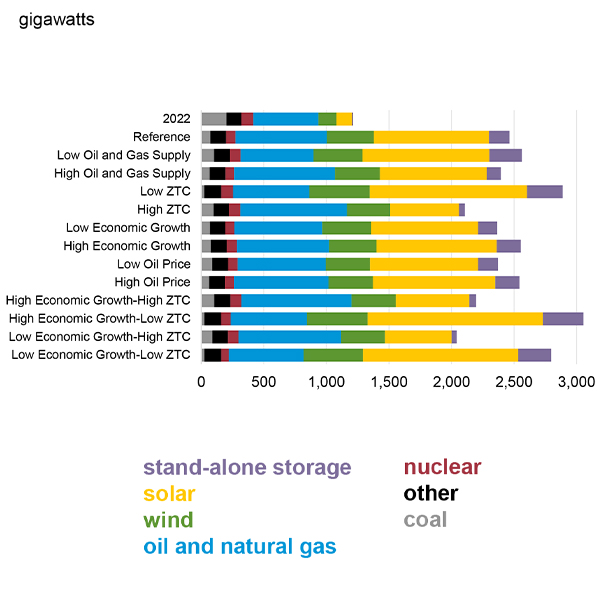NEW ORLEANS — A year after it was announced, Cleco’s Diamond Vault carbon sequestration project is in the thick of an engineering study that will determine its design and construction.
Diamond Vault is planned to capture and sequester up to 95% of the carbon emissions from Cleco’s (NYSE: CNL) petroleum coke- and coal-fired Brame Energy Center’s Madison Unit 3 by 2028. The unit emits about 4 million tons of carbon dioxide per year and is one of the biggest sources of carbon pollution in Louisiana.
The project will use an amine-based carbon capture technology employing an amine solvent that has a reversible reaction with CO2. The sequestered CO2 will be converted into a sludge that will bond with rock over time in geological vaults below the Brame Energy Center.
During the Gulf Coast Power Association’s (GCPA) MISO–SPP conference earlier this month, Cleco Chief Compliance Officer and General Counsel Bill Conway said Diamond Vault is the result of a convergence of economic worries and “concern over our children’s, children’s children.”
“World capital has come to the conclusion that climate change is a problem,” he said.
Cleco secured $9 million in congressional funding for the $12 million engineering study, expected to be completed next year. In an emailed statement to RTO Insider, the company said it cannot speculate on the study’s results before its completion and declined to answer questions on whether Brame is proving to be a suitable site or whether the project might keep Madison 3 operational longer through emissions control.
The utility is seven months into the 21-month study. Jennifer Cahill, corporate communications director, called the engineering study a “major step in making Project Diamond Vault a reality.”
Cleco said if the study proves successful, it will work to secure the $1.1 billion to $1.4 billion needed for the project through the federal government’s $85/ton tax credit for carbon storage. Construction would begin at the end of 2025, the utility said, and it does not expect to require rate increases to fund the project.
The billion-dollar estimate matches the cost of Madison 3 itself.
Conway said the federal government’s tax credit makes the project viable. He also said amine-based carbon capture is already a proven method, though not at the scale of Cleco’s envisioned project.
He said it would be “economically catastrophic” to prematurely shutter Madison 3 because it was built in 2010 and ratepayers might be forced to foot its stranded costs.
Cleco estimates Diamond Vault will require about 200 MW to run, about a third of Madison 3’s output. Conway said those megawatts will likely come from solar generation additions.
He said he believes carbon credits will soon become a mandate and that Cleco is better off getting ahead of the issue, funded largely by “Uncle Sam.”
“We think we have a very good proposition to sell to the Louisiana Public Service Commission,” Conway said.
Cleco has started “intensive community outreach” to earn public support on the project, he said. However, he said not many people live in the site’s vicinity.
“So far, because of where we are, because we’re not going under a major waterway, because the site is surrounded by timberland, there seems to be good community acceptance,” Conway said.
The company says Madison 3 is a good candidate for onsite carbon capture and storage because it’s a newer plant with relatively low sulfur emissions. The plant is also situated on a large site with “suitable” geological formations for permanent carbon sequestration “directly below the Madison 3 unit” that won’t require pipeline transportation.
Cleco said it’s in discussions to sell the unit’s output to third parties that need around-the-clock available clean energy to comply with low-carbon fuel standards.
“If we are successful in this effort, we will be able to substantially reduce our rates and improve customer affordability,” the utility says.
Conway predicted Louisiana will be ripe for other carbon capture and sequestration projects.
During the same GCPA panel, Tenaska Power Services’ Bret Estep said carbon-capture developers will have to present their case that Louisiana isn’t going to be targeted as a “dumping grounds” for carbon. He argued that Louisiana is already an industrial hotspot that won’t be able to exist in the future without CCS operations.
“I think without this, we’ll be left with brownfields that will take decades, centuries to remediate,” he said of Louisiana’s industrial landscape.


